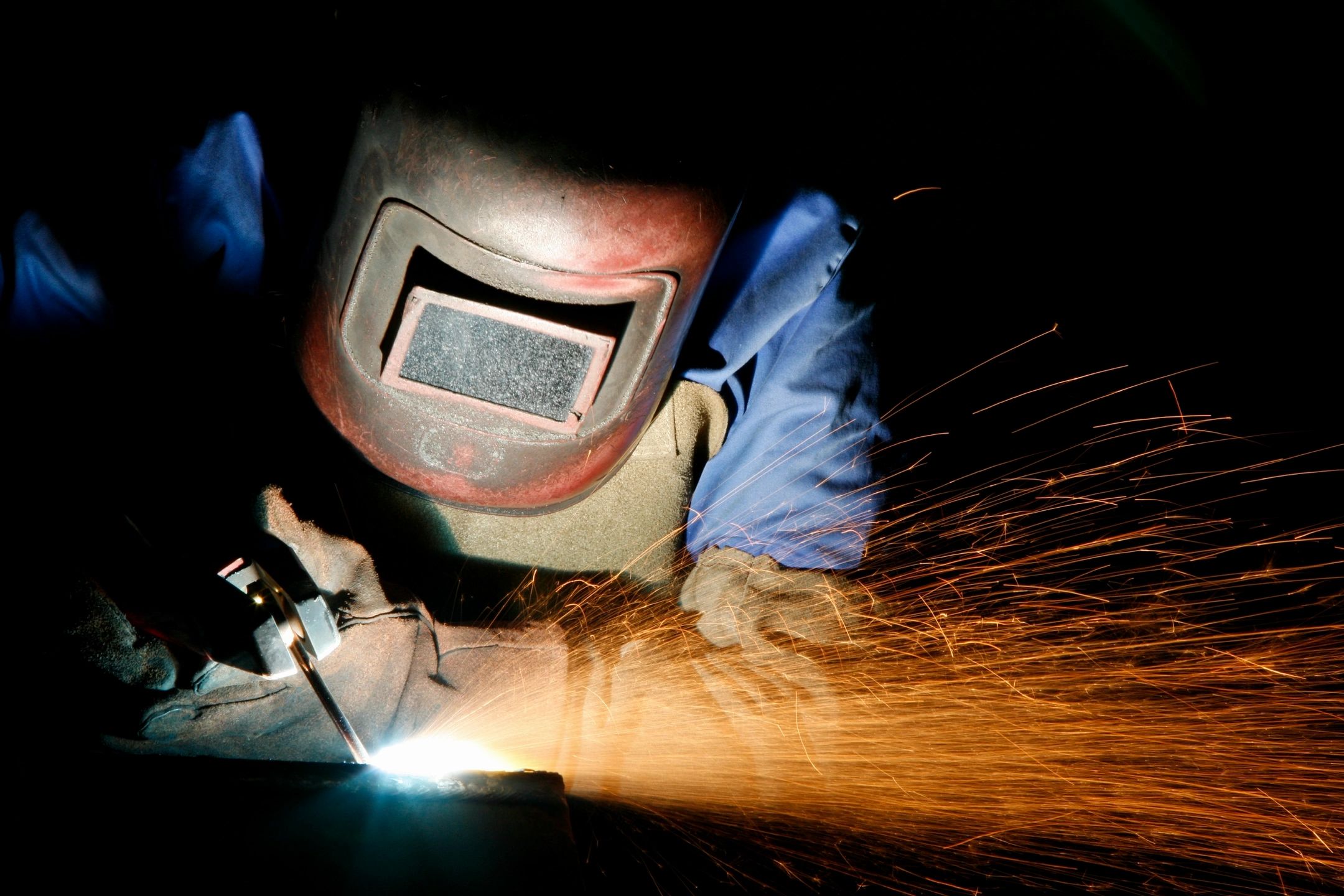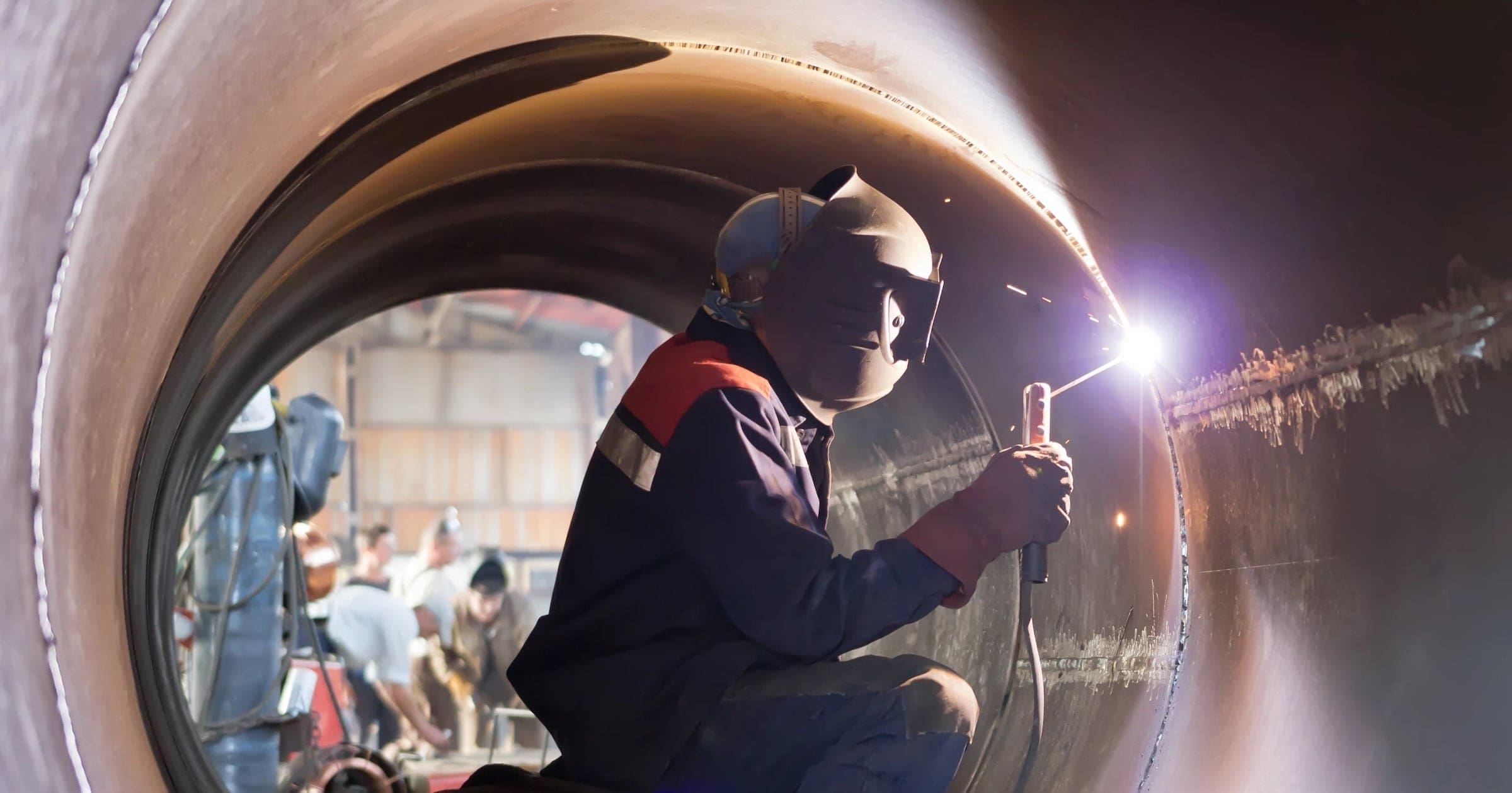Everything about Welding: Secret Insights Into Techniques and Finest Practices for Success
Welding incorporates a selection of techniques, each suited for particular products and applications. Understanding these methods, such as GMAW, SMAW, and TIG, is crucial for achieving perfect outcomes. Moreover, the appropriate tools and security methods can not be overlooked. As preparation and fixing play crucial roles in the welding procedure, mastering these aspects can significantly improve the quality of the end product. What are the vital variables that ensure a successful weld?
Comprehending Various Welding Techniques
Welding methods include a variety of methods, each matched to certain applications and products. Amongst the most usual strategies are Gas Steel Arc Welding (GMAW), Shielded Metal Arc Welding (SMAW), and Tungsten Inert Gas Welding (TIG) GMAW, also referred to as MIG welding, is prominent for its speed and convenience, making it optimal for thin products. SMAW, or stick welding, is preferred for its simplicity and performance in exterior environments, especially with thicker steels. TIG welding uses accuracy and control, making it appropriate for elaborate work and non-ferrous metals (Belgrade Fabrication). Each method has its unique benefits and considerations, enabling welders to pick the most effective technique based upon the project's needs, material type, and wanted outcomes. Recognizing these strategies is crucial for successful welding
Important Welding Devices and Devices
While numerous welding methods call for specific skills, the right devices and devices are equally necessary for attaining top quality results. Vital welding devices consists of welding equipments, which vary depending upon the strategy-- such as MIG, TIG, or stick welding. Safety equipment, including headgears, handwear covers, and aprons, assurances safety and convenience throughout the process. On top of that, components and clamps help protect products in location, ensuring precision in welds. Consumables like welding poles, cord, and securing gas are additionally vital parts that affect the quality of the weld. Furthermore, tools such as grinders and cutters facilitate surface area preparation and post-weld ending up, contributing to a professional result. Buying high-grade devices eventually improves the effectiveness and efficiency of welding tasks.
Safety And Security Practices in Welding
Appropriate safety practices are important in the welding sector to secure employees from prospective threats. Welders need to wear proper individual protective tools (PPE), including safety helmets with proper shading, handwear covers, and flame-resistant garments. Adequate ventilation is essential to lower direct exposure to harmful fumes and gases created throughout the welding procedure. In addition, workers should be educated in the appropriate handling of welding tools to avoid crashes. Fire safety actions, such as keeping combustible materials far from the welding area and having fire extinguishers conveniently offered, are needed. Routine examinations of equipment and work areas can aid identify prospective hazards before they result in crashes. By adhering to these safety and security practices, welders can develop a much safer working setting and lessen risks linked with their profession.
Readying Products for Welding
Preparing materials for welding is an important step that substantially influences the high quality and stability of the end product (Belgrade). Correct prep work includes cleaning the surfaces to remove impurities such as oil, rust, and dirt, which can endanger the weld. Methods such as grinding, sanding, or utilizing solvents are generally employed to attain a tidy surface. Additionally, guaranteeing that the products fit with each other well is important; voids can lead to weak welds. It's additionally important to consider the placement and positioning of the components, as this will certainly influence the simplicity of welding and the final result. Picking the appropriate filler product and guaranteeing compatibility with the base steels is crucial for achieving strong, durable welds.
Tips for Achieving High-Quality Welds
Accomplishing top quality welds requires interest to information and adherence to ideal practices throughout the welding procedure. Appropriate joint prep work is crucial, making certain surface areas are totally free and tidy from pollutants. Picking the ideal filler product and welding strategy based on the base metals is critical for ideal bonding. Keeping consistent traveling rate and angle while welding can protect against defects and advertise harmony. Additionally, managing heat input is crucial; excessive warmth can cause warping and weakened joints. Consistently inspecting the welds during the process enables instant adjustments if required. Lastly, using proper post-weld therapies, such as cleaning and anxiety relief, can boost the durability and honesty of the weld, eventually making sure an effective outcome.
Repairing Common Welding Issues
Welding frequently offers difficulties that can affect the high quality and honesty of the end product. Usual concerns such as porosity, irregular weld beads, and getting too hot can occur, each calling for particular troubleshooting strategies. Recognizing these problems is important for welders to boost their abilities and attain ideal outcomes.
Porosity Troubles Discussed
Porosity can typically be neglected, it continues to be an essential concern in welding that can compromise the integrity of a finished product. Porosity refers to the presence of tiny gas pockets within the weld bead, which can lead and damage the joint to premature failing. This trouble typically emerges from contaminants, dampness, or improper securing gas coverage throughout the welding procedure. To reduce porosity, welders ought to confirm that the base products are completely dry and tidy, utilize appropriate shielding gases, and keep regular welding specifications. On a regular basis evaluating the equipment and setting can additionally aid determine possible issues before they manifest in the weld. Attending to porosity successfully is crucial for achieving strong, durable welds that meet high quality requirements.

Irregular Weld Beads
Inconsistent weld grains can substantially impact the quality and toughness of a finished item. Various aspects add to this concern, including incorrect travel speed, inaccurate amperage settings, and inconsistent electrode angles. When the welder moves as well rapidly, a grain may show up narrow and do not have infiltration, while relocating too gradually can create extreme buildup. Additionally, utilizing the wrong amperage can cause either undercutting or too much spatter, both of which compromise weld stability. The welder's method, such as inconsistent lantern activity, can likewise bring about uneven bead appearance. To alleviate these troubles, welders need to concentrate on keeping stable, regulated motions and ensuring appropriate tools setups to accomplish harmony in their welds. Consistency is vital to attaining solid and dependable welds.
Overheating and Warping Issues
Too much heat throughout the welding process can cause considerable overheating and buckling problems, impacting the structural integrity of the workpiece. These problems frequently materialize as distortion, which can compromise placement and fit-up, making additional assembly testing. small welding shops near me Elements contributing to overheating include the option of welding specifications, such as voltage and take a trip rate, along with the type of product being bonded. To alleviate these problems, welders need to keep regular travel rate and ideal heat input while checking the workpiece temperature level. Furthermore, preheating or post-weld site link warm therapy can help reduce stress and anxieties caused by quick cooling - Montana Mobile Welding and Repair Welding. Regular examination and adherence to best practices are crucial in stopping overheating and ensuring the longevity and integrity of welded frameworks
Frequently Asked Inquiries
What Are the Occupation Opportunities in the Welding Market?
The welding industry uses varied profession opportunities, including placements as welders, educators, inspectors, and engineers. Specialists can operate in manufacturing, building, aerospace, and vehicle markets, taking advantage of solid demand and affordable incomes in numerous functions.
Just How Can I Enhance My Welding Speed Without Compromising Top Quality?
To improve welding speed without sacrificing high quality, one need to exercise effective methods, preserve tools, maximize settings, and improve hand-eye sychronisation. Regular training and seeking feedback can likewise considerably add to achieving quicker, top quality welds.
What Certifications Are Readily Available for Welders?
Numerous qualifications exist for welders, consisting of those from the American Welding Culture (AWS), the National Facility for Building Education and Research Study (NCCER), and numerous industry-specific organizations. These credentials enhance employability and demonstrate ability effectiveness.
Exactly How Does Welding Impact the Features of Metals?
Welding influences the homes of steels by altering their microstructure, which can result in modifications in toughness, hardness, and ductility. Warm input and air conditioning prices during the procedure significantly affect these material attributes.
Can I Bonded Dissimilar Metals Together?
